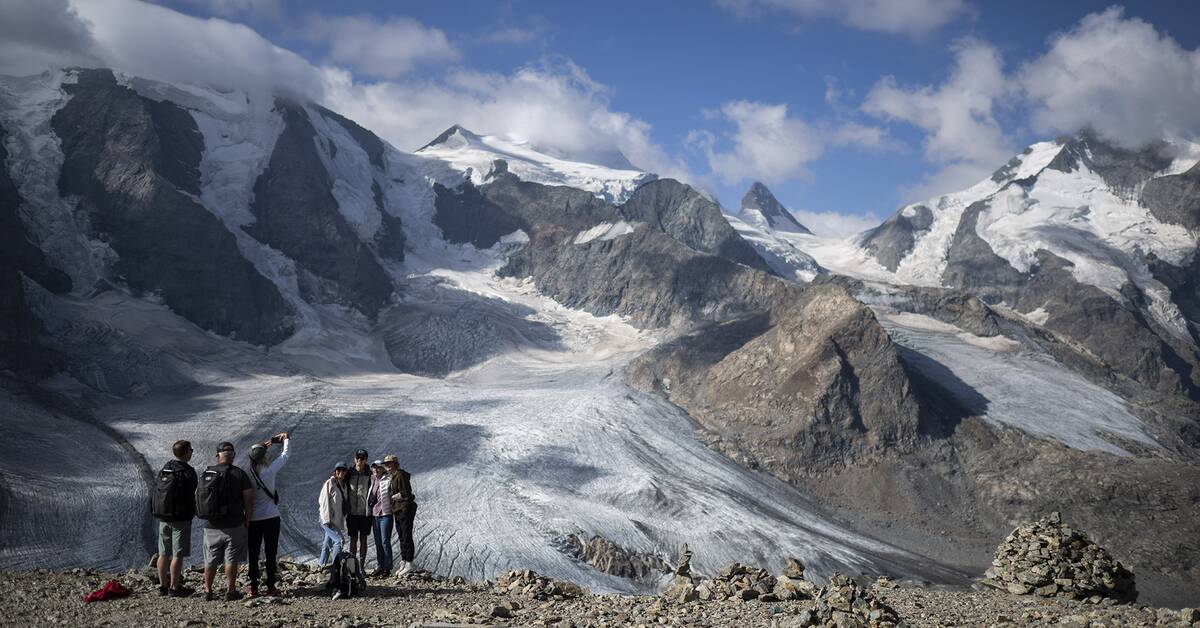That the glaciers are melting is not new, and scientists measure them regularly and with increasingly advanced technology.
But how much the glaciers changed in Switzerland during the 20th century has not been entirely clear, as only a few of the 1,400 glaciers have been measured with some regularity, and not all with the same methods.
Now researchers from the Zurich University of Technology and an institute for snow and landscape studies have reconstructed the topography of all the glaciers in the country in 1931, AFP reports.
Only the stone desert remains
With the help of 21,700 photographs taken between 1916 and 1947, the glaciers could be analyzed and their mass calculated using photogrammetry – where images overlap and together form a high-resolution three-dimensional image.
When these new images were placed side by side with newly taken photographs, they could then see the big difference.
One example is the Fiescher glacier, which has gone from a massive sea of ice to small white spots against the bedrock.
For the Indren glacier on the border with Italy, it looks just as bad.
- Where 25 years ago you could ski in the summer, today there is only a stone desert left, says glacier researcher Vanda Bonardo to the news agency APA.
Speed increases
The researchers emphasize, however, that the reduction did not occur at a continuous pace, but that the reduction increased markedly over time.
Between 1931 and 2016, the glaciers lost half their mass.
Since 2016, they have lost another twelve percent.
And some glaciers have lost so much mass that they no longer exist – more than 200 glaciers have disappeared since the late 1800s.
The newspaper 20 Minuten reports that at the Col de Zanfleuron, which has been covered by ice for at least 2,000 years, you can now see the ground.
In 2012, the ice cover was 15 meters thick.

